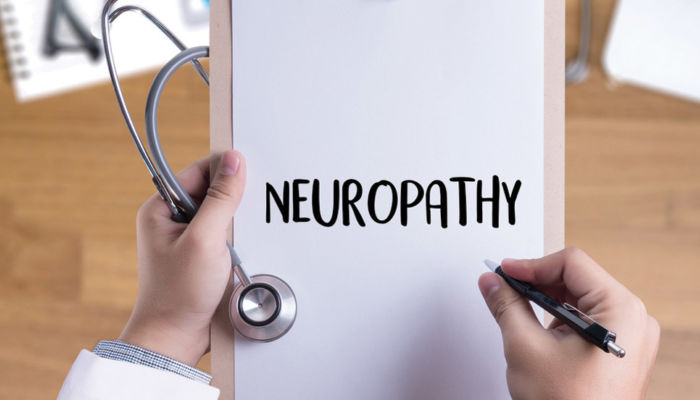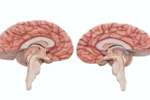Peripheral neuropathy, often just referred to as “neuropathy,” affects 20,000,000 people in America. That’s 1 in 15 people. Those suffering from this disease are constantly aware of their pain. So this week—National Neuropathy Awareness Week—it’s time for us to become more aware. Neuropathy is the leading cause of disability in our country, yet many people who suffer from it are misdiagnosed and receive inadequate treatment. Research for a cure and productive treatment plans will only progress if you and your loved ones understand the disease and the warning signs. Discovering neuropathy early can help your doctor find a treatment plan that will improve your quality of life.
Understanding The Peripheral Nervous System
One of the most common chronic neurological diseases, neuropathy occurs when your peripheral nerves are damaged as a result of traumatic injuries, autoimmune diseases, infections, vitamin deficiencies, and diabetes. The peripheral nervous system has an extremely important role—it sends information from your brain and spinal cord to the rest of your body. Depending on which nerves are damaged, neuropathy may cause you to lose motor function in your muscles. Neuropathy that affects the sensory nerves could hinder your ability to comprehend the temperature, a vibration, or even pain. Autonomic nerve damage might prevent your body from controlling blood pressure, heart rate, or bladder and digestive functions. Depending on the severity of the disease, neuropathy may only affect one nerve or it may affect multiple nerves. Most people diagnosed with neuropathy have polyneuropathy meaning multiple nerves are affected, and therefore, multiple symptoms occur.
Warning Signs
When it comes to neuropathy, early diagnosis is crucial. In order to better control your symptoms and prevent increased nerve damage, you need to know the warning signs of neuropathy. These signs and symptoms include a numbness or tingling in your hands and feet. The tingling sensation may begin gradually and over time spread up your arms and legs. Sometimes patients comment on a burning sensation or a sharp, throbbing, or prickling feeling in their hands and feet. Feeling extremely sensitive to touch is not uncommon. You can also feel uncoordinated and fall. If motor nerves are damaged, you may experience muscle weakness or even paralysis. But if autonomic nerves are impaired, a heat intolerance may occur while you experience heightened sweating. It may also cause a change in blood pressure that makes you feel lightheaded and dizzy. You may experience bowel, bladder, or other digestive issues which can make diagnosis difficult. Understanding the risk factors of this disease will help you and your doctor determine whether or not your symptoms point to neuropathy.
What’s The Risk?
There are various factors that put you at a greater risk of developing neuropathy. Those at the top of the list are adults with diabetes. Risk actually increases for those who have diabetes for 25 years or longer. Research indicates that 60-70% of people with diabetes also have a form of neuropathy. Others who are at risk have a previous diagnosis of Lyme disease, shingles, hepatitis C, and HIV. Risk increases for anyone with an autoimmune disease like lupus or rheumatoid arthritis, or those who have kidney and liver problems. If you have a history of alcohol abuse or a family history of neuropathy, you are also at risk.
If any of these risk factors apply to you and you notice a tingling sensation in your hands or feet, contact a doctor immediately. At NewSouth NeuroSpine, our team of doctors is trained in and physical medicine and rehabilitation. Our staff will diagnose the issue at hand and work hard to find a treatment plan that fits your needs. Let us get to the root of your nerve damage and manage your symptoms effectively. Schedule an appointment with us today.






